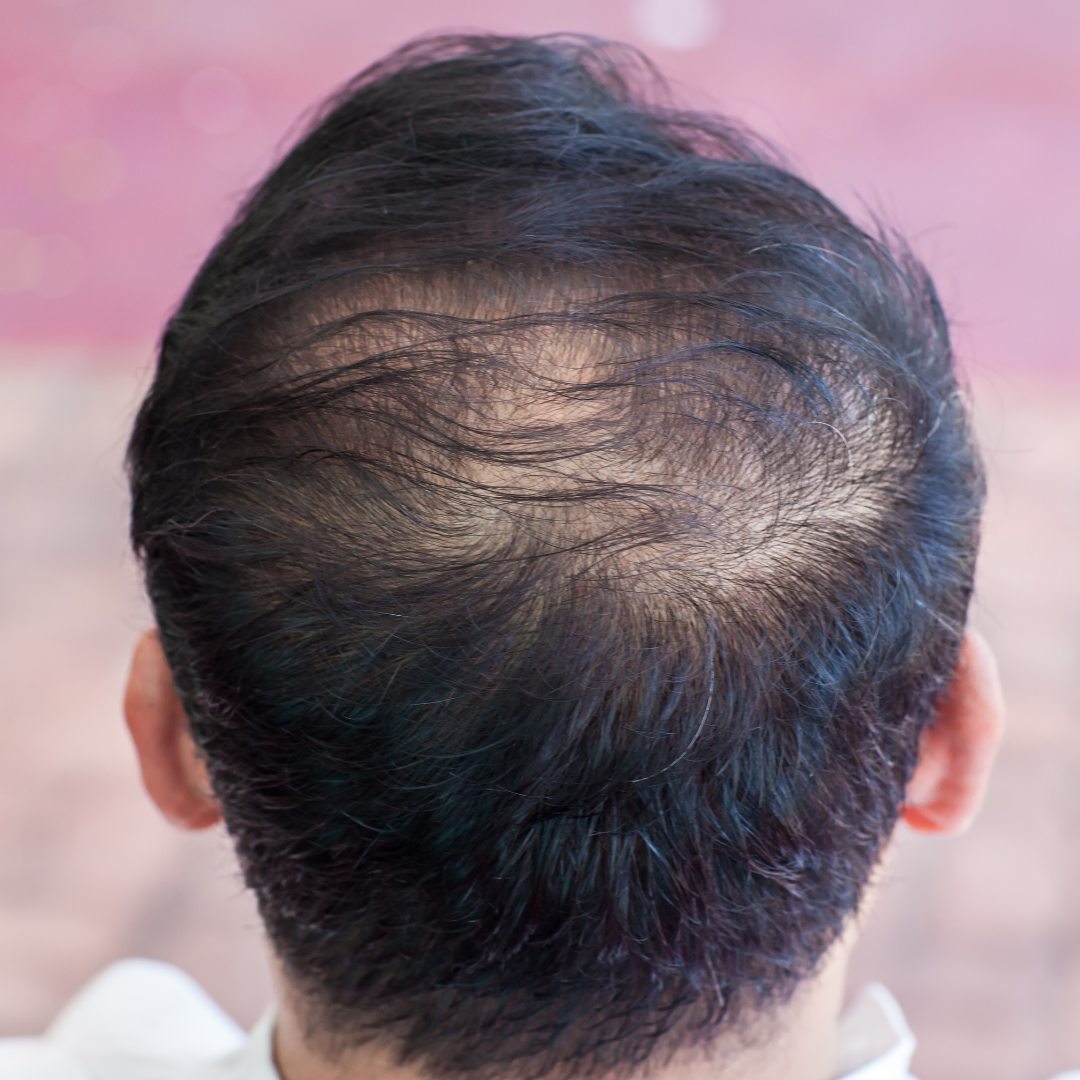"I recently visited Dr. Kopelman for hair loss concerns and was thoroughly impressed with his expertise and compassionate care. From the detailed consultation to the attentive treatment process, every step was handled with professionalism and empathy. Dr. Kopelman's approach made me feel comfortable and well-informed, leading to noticeable improvements in my condition. His clinic's warm atmosphere and the team's dedication to patient care truly set them apart. I highly recommend Dr. Kopelman for anyone seeking a skilled and caring hair loss specialist."
— N.S. / New York


At Kopelman Hair Restoration, we recognize how vital it is to feel confident in your appearance. We are dedicated to helping you restore your hair loss. For an appointment, contact our office to schedule your consultation.